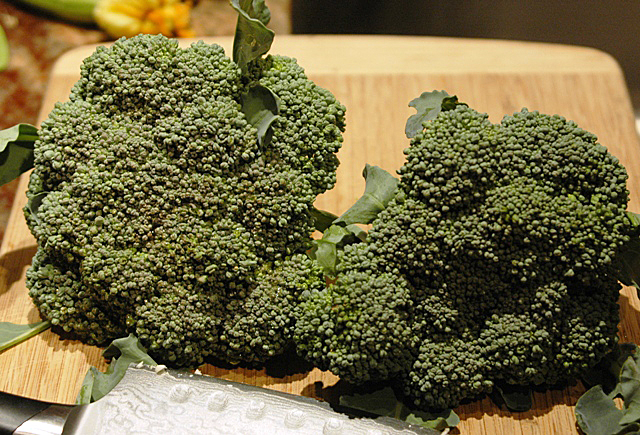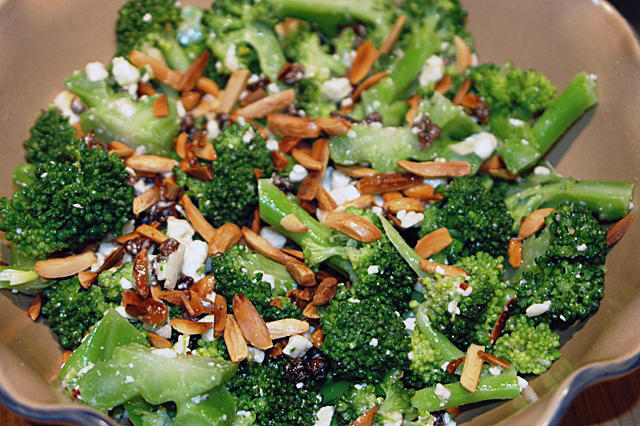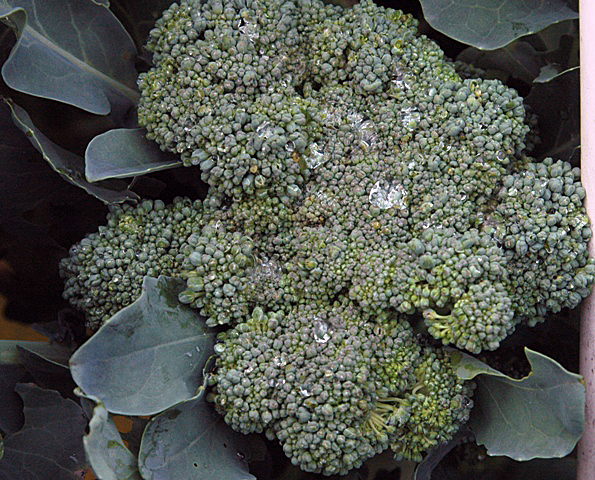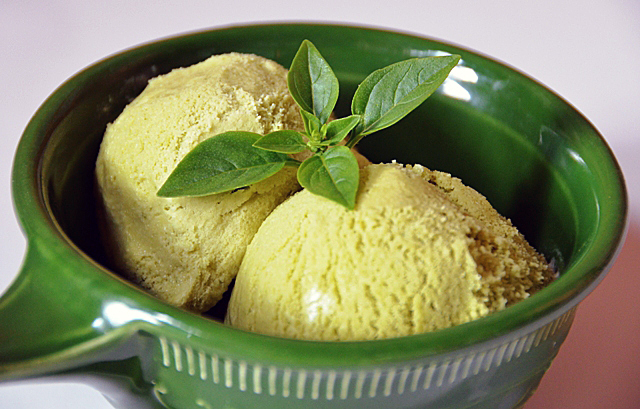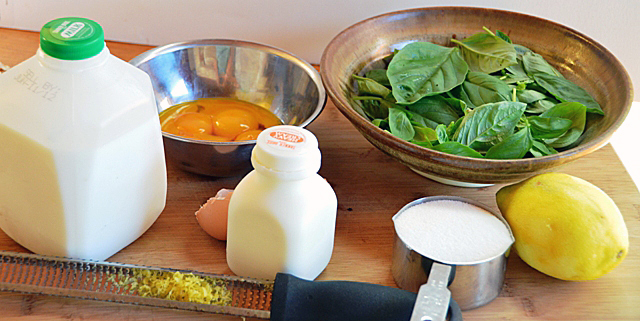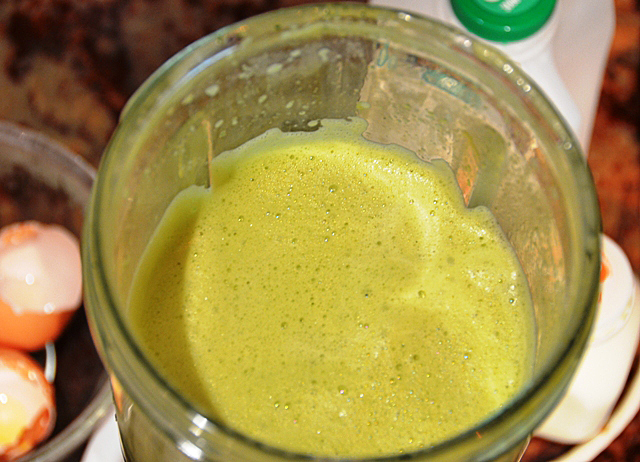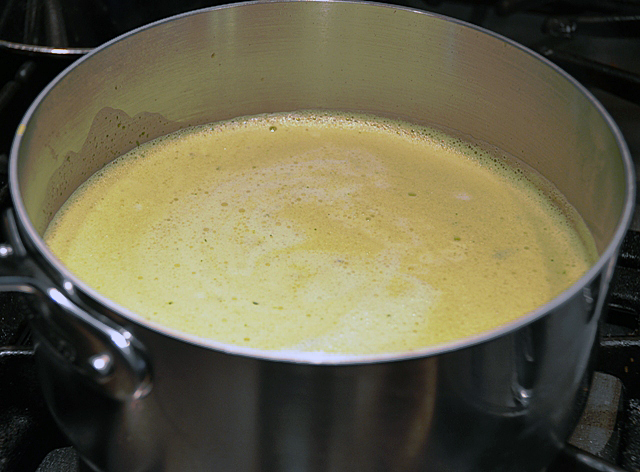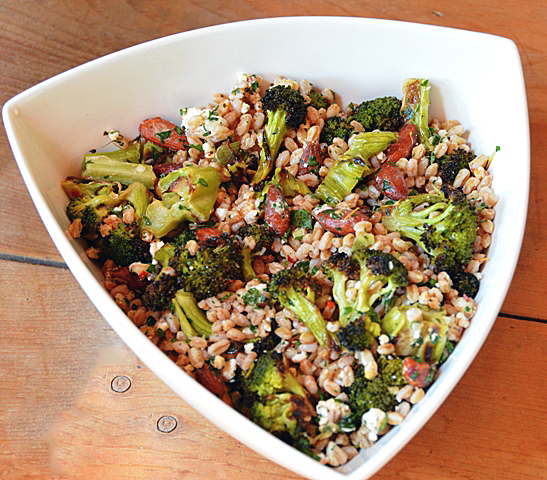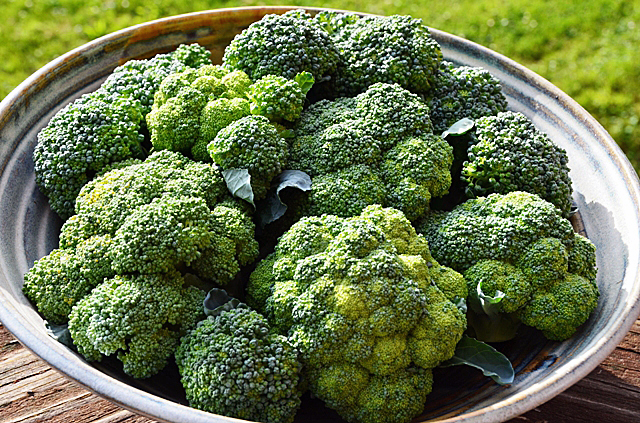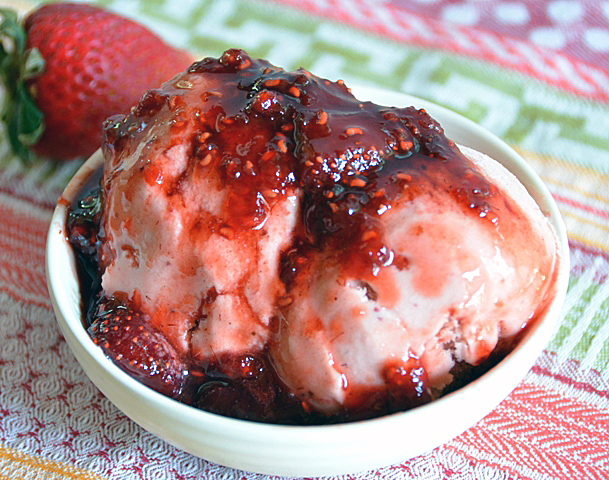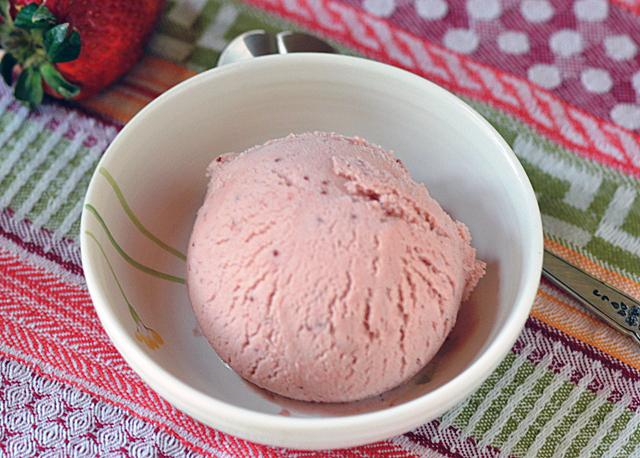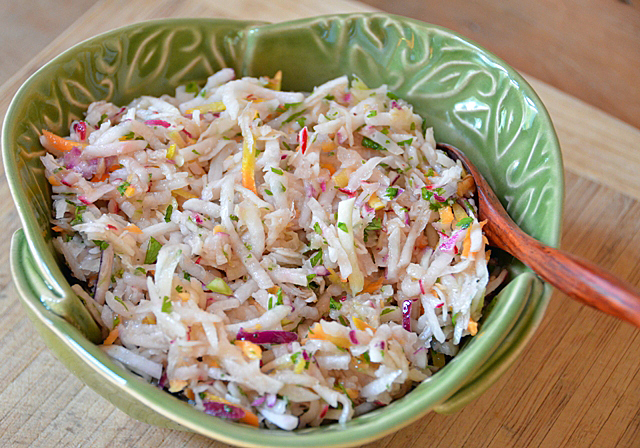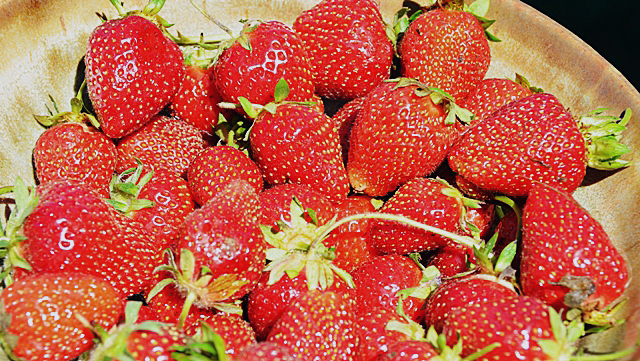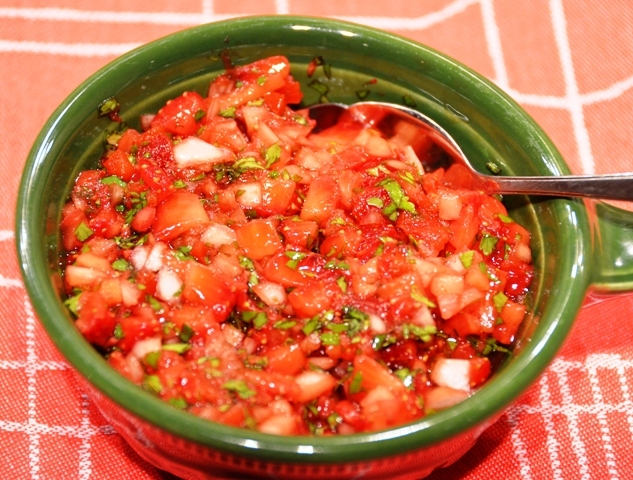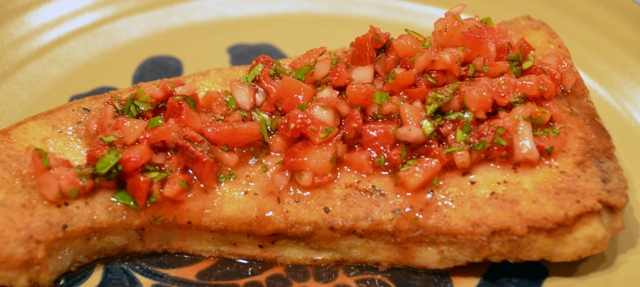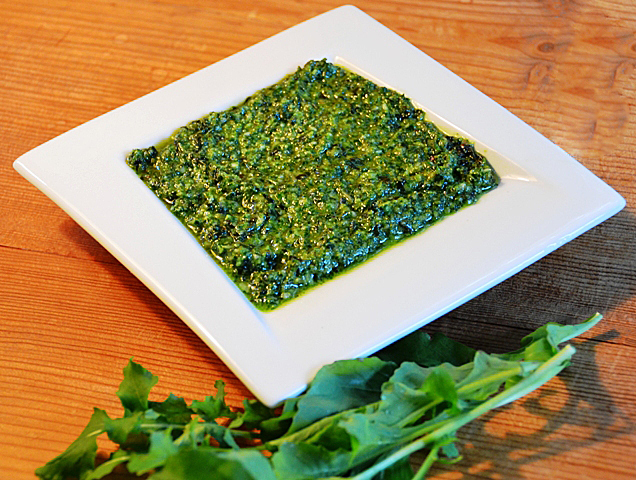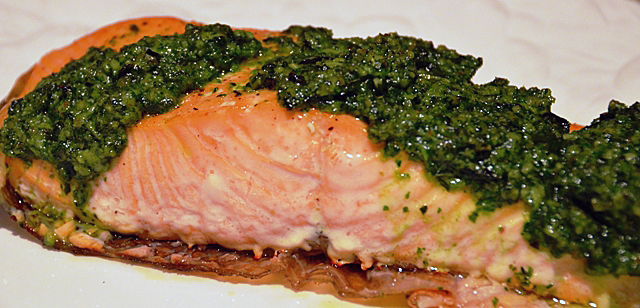Broccoli is a much maligned vegetable. Former president George H.W. Bush is quoted as saying,”I do not like broccoli. And I haven’t liked it since I was a little kid and my mother made me eat it. And I’m President of the United States and I’m not going to eat any more broccoli.” Well Mr President. my theory is most people don’t really hate the vegetables they think they do, they just haven’t had them fresh or prepared properly, well except for lima beans. Rich in fiber, broccoli nutrients include calcium and vitamins C, K and A. Botanically it belongs to the cruciferous family which includes cabbage, kohlrabi and turnips. I love broccoli, especially when it is picked fresh from the garden and cooked within hours. After the main head is picked, side florets will continue to produce for weeks to come. It has a definite sweetness, that no supermarket fresh or frozen variety can compare to. In the off season I like to separate it into florets, toss with olive oil, kosher salt, Aleppo pepper and pinch of sugar and roast it at 450 until brown and crispy in spots. We are lucky if the roasted broccoli makes it to the table. The garden’s first broccoli heads are ready for harvest and I turned to Fine Cooking for a broccoli salad recipe. Lightly cooked broccoli is combined with sweet currants, salty feta and almonds dressed with a slightly spicy vinaigrette.. The verdict? Two of us consumed the salad that feeds four to six in one day and I made it again the next evening. A definite winner.
Broccoli Salad with Feta, Olive-Oil-Fried Almonds and Currants
from Fine Cooking Magazine #76
Serves four to six
Ingredients
- 1 lb broccoli
- 1-1/2 tablespoons dried currants
- 1 medium clove garlic
- Kosher salt
- 2 Tbs red wine vinegar
- Pinch cayenne pepper
- 5 Tbs extra-virgin olive oil
- 1/2 cup blanched, slivered almonds
- 3 oz feta (preferably French), crumbled (about 3/4 cup)
- 1/3 cup roughly chopped fresh cilantro (optional)
Directions
- Bring a large pot of generously salted water to a boil over high heat.
- Meanwhile, tear off any broccoli leaves and trim the bottoms of the stems. Cut the florets just above where they join the large stem, and then cut each floret lengthwise in half or in quarters through its stem (but not the buds). The top of each floret should be about the size of a quarter. Using a vegetable peeler or paring knife, peel the tough outer skin from the large stem, removing as little flesh as possible. Cut the stem into baton-shaped pieces about 1/4 inch wide and 2 inches long.
- Boil the florets and stem pieces until they’re tender (pierce with a paring knife or taste a piece) but still offer a bit of resistance, about 3 minutes. Drain the broccoli, spread it on a baking sheet in an even layer, and set aside to cool, it will continue to cook as it cools.
- Put the currants in a small bowl, add enough hot water to cover, and let sit until softened, about 10 min. Meanwhile, using a mortar and pestle or the flat side of a chef’s knife, mash the garlic to a paste with a pinch of salt. Transfer the garlic to a small bowl and add the vinegar and cayenne. Let sit for about 10 minutes.
- Warm 1 Tbs. of the oil in a small saute pan over medium heat. Add the slivered almonds and fry, stirring frequently, until golden brown, 2 to 3 min. Transfer to a plate lined with paper towels and season with salt.
- Drain the currants. Whisk the remaining 4 Tbs oil into the vinegar mixture. Just before serving combine the broccoli, currants, feta, and half of the almonds in a large bowl. Drizzle with the vinaigrette and toss gently to combine. Taste and season with a pinch more salt if necessary. Transfer to a serving platter and sprinkle with the remaining almonds and the cilantro, if using.
The changes I made to the recipe:
I didn’t need to peel the stem of my just-picked broccoli, it was tender enough. Also my broccoli was sufficiently cooked in two minutes. I did fry the almonds but I don’t see why they couldn’t be toasted if you wanted to avoid the extra oil. Marcona almonds would be a great substitute. I love French feta but didn’t have any on hand so I used a supermarket brand. I didn’t have cilantro so I substituted parsley. Basil might be nice as well.
